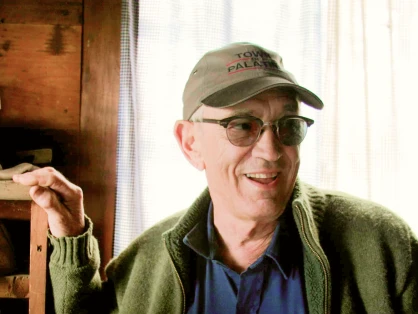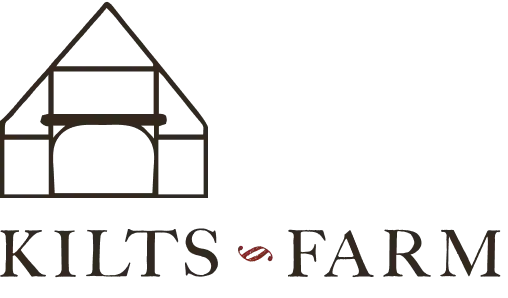It is quite possible that most readers do not know who Moses Quimby was. A recent happening at Fort Klock brought his name back to the forefront despite of the fact that he died a short distance west of Fort Klock on May 27, 1875. You may ask what this has to do with Fort Klock. During routine repairs on the fort property the siding on the west side of the cheese house needed to be replaced. The job was to be done under the direction of contractor Todd Bradt. Fort Klock members and Todd’s workmen were aware that there was a large colony of honey bees within the wall which in light of the recent decline of honey bees we did not want to destroy. If the situation had existed within the lifetime of Moses Quimby he would have removed the bees for he was the area’s most famous bee keeper.
His extensive apiary was on the hillside just east of St Johnsville Village. Moses was born of Quaker parents on April 16, 1810 in Westchester County. By 1853 he had relocated to St Johnsville. In that year he authored one of the first American books about honey bee keeping. The title was “Mysteries of Bee Keeping Explained”. His extensive orchard of fruit trees and vineyards provided nectar for approximately 1,000 hives of honey bees. The Fort Klock farm so close to the Fort probably augmented his own holdings. In addition to his 1853 book and an updated edition published in 1865 his contribution to the bee industry was great. In Quimby’s fruitful days the bees were killed by brimstone fumes to harvest the honey. He invented hives which preserved the bees while still being able to take off the honey in excess of that which the bees needed to sustain themselves until another spring.
Among his many contributions to the industry was making one of the first honey extractors invention of a bee smoker for subduing bees and devising the first practical knife for removing cappings from honey combs. Today’s bee keepers without doubt still benefit because Moses Quimby was a pioneer area bee keeper long ago. You ask what happened to the Fort Klock bees. They were carefully removed by neighborhood bee keeper Jim Humphrey and doubtless they go about their nature provided task just as Moses Quimby did in the mid 1800s.


